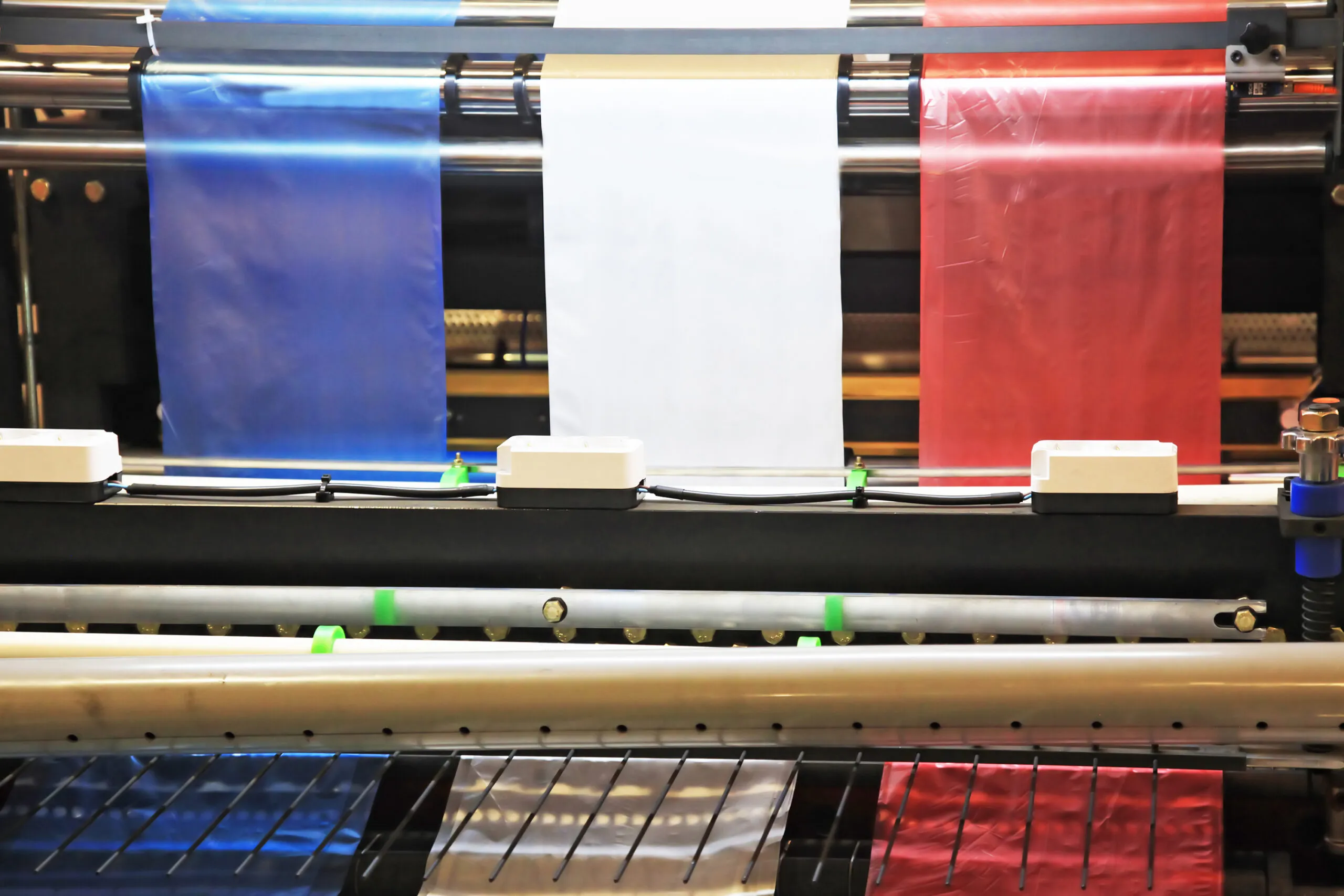

Global warming and its effects have compelled humanity to evaluate its priorities, including everything from power generation and storage to transportation and farming practices, as well as plastic waste management.
Plastic is often disposed of after it has served its purpose. For thousands of years, this plastic waste has been present in the ecosystem and has broken down into smaller pieces that eventually enter the water cycle and food chain.
In the new era of plastic recycling, plastic waste is recycled to create small pieces called flakes or pellets that can be used to produce new plastic products. In fact, recycled plastics are replacing new plastics in more and more products and packaging around the world.
Polylactic Acid (PLA), which is ranked as a number seven plastic and bio-based, is difficult to degrade. It won’t degrade after a year of floating in either fresh or salt water.
It is also rarely recycled because, like many polymers, when it is melted down and reshaped, its value and usefulness go down.
In fact, it can take up to 100 years for plastic to disintegrate in a landfill. It still contributes significantly to pollution.
Plastic resin pellets come in the shape of a cylinder or a disk with a diameter of a few mm. These plastic particles look like small granules.
Resin pellets provide the uniform composition required in the manufacturing process to create many end plastic products, such as bottles, industrial plastic wraps, and plastic bags.
For instance, at plastic bag factories, they are melted and moulded to produce different types of plastic bags, including biodegradable bags and oxo biodegradable bags.
The process of turning plastic waste into resin pellets involves several steps. First, the plastic waste is collected and sorted based on the type of plastic resin it contains. This is important because different plastic resins require different processing techniques.
Once sorted, the plastic waste is cleaned and shredded into small pieces. The shredded plastic is then melted and formed into pellets using a process called extrusion. This involves pushing the molten plastic through a die to form uniform pellets.
Plastic resin pellets, the primary plastic component, can be modified and improved to meet unique production needs after being broken down. They first go through a process known as “cracking.” Here, intense heat is used to make resins, which cause the plastic’s hydrocarbons to degrade and shatter.
Once the process of breaking down plastic is complete, it results in a chain-like structure or the production of polymers. By cracking and breaking down plastic with different chains and polymers, manufacturers can modify how it is classified and remoulded.
The various types of resins produced as a result of this process allow them to be used in different applications. For example, soft drink bottles require polyethylene terephthalate, while thicker bottles used for holding milk or prescription medication require a higher density of polyethylene.
The extensive use of plastic presents an opportunity to recycle and reuse plastic waste to create new products. Plastic resin pellets can be used to produce the following, among others:
Today, although many of us make an effort to recycle or reuse our plastics, the issue of plastic waste continues to be a problem on a global scale. Turning plastic waste into resin pellets helps reduce greenhouse gas emissions.
By recycling plastic, less energy is required to produce new plastic products from raw materials, which in turn reduces the amount of carbon emissions generated during the production process.
Last but not least, it is also necessary to take into account the entire plastic value chain. This will allow for the enhancement of waste collection systems and aid in the effort of turning plastic waste into resin pellets.